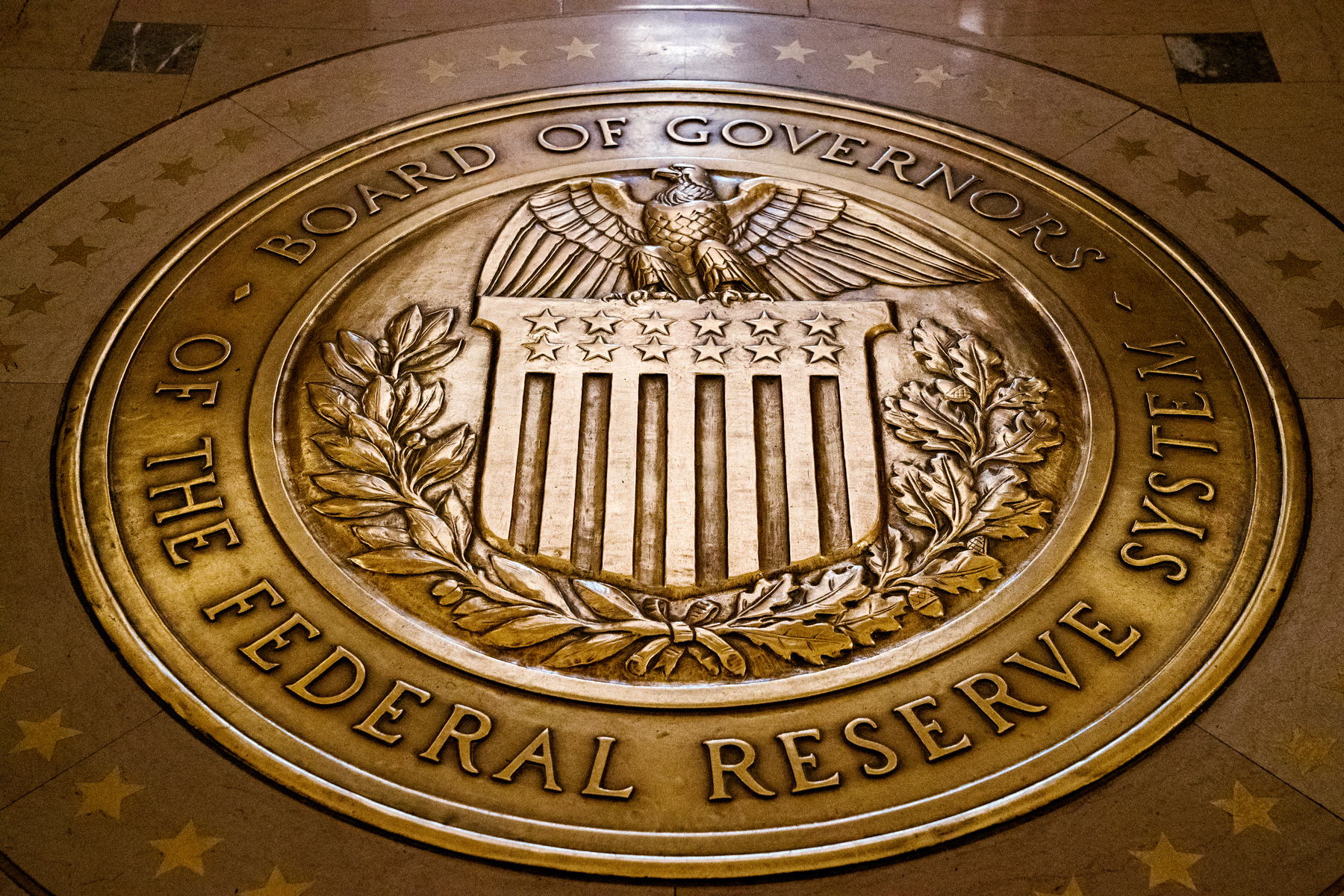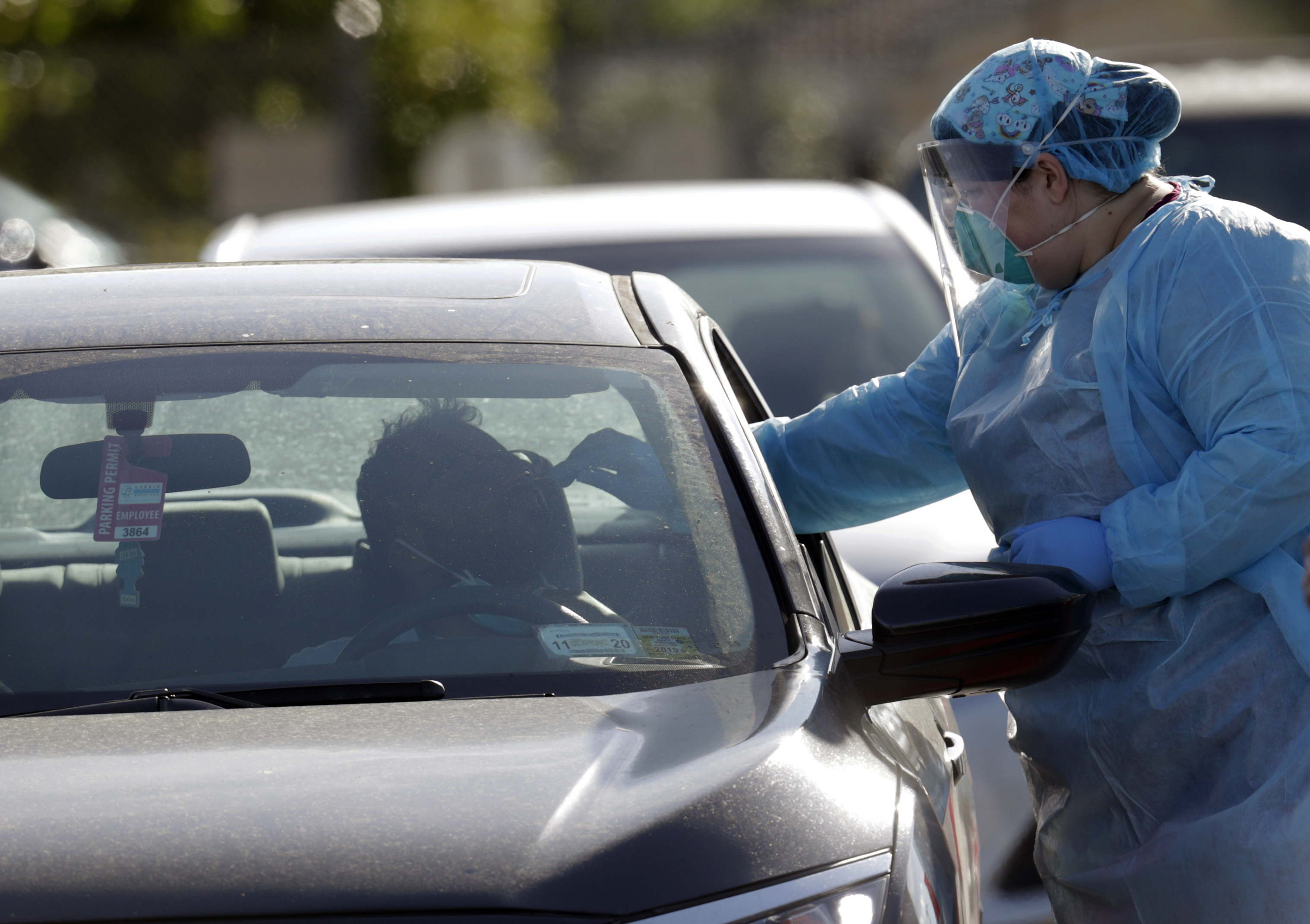Almost a month after Congress passed a third round of coronavirus relief legislation, a fourth package went into law Friday.
The new bill includes $331 billion to address what many see as the economy's most pressing need -- more support for small businesses, following the enormous demand for loans out of the last bill, the CARES Act. It also includes relief money for hospitals and funding for testing.
Here are questions and answers about the four relief bills:
Q: Am I getting a check? I hear we're all getting checks.
A: Potentially. The third relief bill provided a tax credit of $1,200 per individual or $2,400 per couple filing jointly, plus $500 per child.
BUT -- and it's a big but -- there were income limits on the credit that would reduce the size of the checks, starting at $75,000 for individual filers and $150,000 for joint filers. Anyone who makes more than $99,000, or joint filers making more than $198,000, would not get anything at all.
Direct deposits have already begun -- check the status of yours at this IRS page. Those getting paper checks might have to wait weeks or even months to get their money.
Q: Is there anything else that might help me?
A: There is an expanded unemployment insurance platform that would give people an extra $600 a week for up to four months, and it includes specific provisions for "gig" workers like rideshare drivers. There's also a fund to help small businesses meet payroll and avoid laying off employees.
Q: Do I get anything from this fourth bill?
A: The fourth bill does not include any direct subsidies for taxpayers; it's mostly focused on supporting small businesses and hospitals that are struggling financially.
Q: So all the stuff for me was in the third bill. What else was in that agreement?
A: An outline is below:
- 4 months of more unemployment insurance instead of 3 months.
- $55 billion increase in the Marshall Plan for our Health Care System.
- $150 billion for a state, tribal, and local Coronavirus Relief fund.
- $10 billion for SBA emergency grants of up to $10,000 to provide immediate relief for small business operating costs.
- $17 billion for SBA to cover 6 months of payments for small businesses with existing SBA loans.
- $30 billion in emergency education funding and $25 billion in emergency transit funding.
- $30 billion for the Disaster Relief Fund to provide financial assistance to state, local, tribal, and territorial governments, as well as private nonprofits providing critical and essential services.
- More than $10 billion for the Indian Health Services, and other tribal programs.
- Prohibit businesses controlled by the President, Vice President, Members of Congress, and heads of Executive Departments from receiving loans or investments from Treasury programs.
- Make rent, mortgage and utility costs eligible for SBA loan forgiveness.
- Ban stock buybacks for the term of the government assistance plus 1 year on any company receiving a government loan from the bill.
- Establish robust worker protections attached to all federal loans for businesses.
- Create real-time public reporting of Treasury transactions under the Act, including terms of loans, investments or other assistance to corporations.
- Create of Treasury Department Special Inspector General for Pandemic Recovery to provide oversight of Treasury loans and a Pandemic Response Accountability Committee to protect taxpayer dollars.
- Add a retention tax credit for employers to encourage businesses to keep workers on payroll during the crisis.
- Provide income tax exclusion for individuals who are receiving student loan repayment assistance from their employer.
- Eliminated $3 billion bailout for big oil.
- Eliminated “secret bailout” provision that would have allowed bailouts to corporations to be concealed for 6 months.
- Saved hundreds of thousands of airline industry jobs and prohibited airlines from stock buybacks and CEO bonuses.
Q: That's the third bill, but what exactly did the second bill offer?
A: These are some of the notable provisions that might benefit you:
- $500 million in additional funding for the Women, Infants and Children (WIC) nutrition program
- $400 million in additional funding for the Emergency Food Assistance Program
- $82 million in additional funding for the Defense Health Program
- $250 million in additional funding for food programs, including home delivery food programs, for the elderly and disabled
- Waivers to some requirements for school lunch programs
- Waivers to work requirements to be eligible for SNAP food programs
- New, temporary requirements that employers with more than 20 employees offer some paid sick leave time to their employees
- Extensions to, and additional funds for, unemployment benefits
- Free COVID-19 testing without co-pays or deductibles
Q: So when do I get my money?
A: Many of these benefits are simply extra funds for existing state programs, so as usual, you'll need to apply through your state. See here for questions about unemployment and see here for more general advice on getting state aid.
Q: What about the first bill? What do I get from that?
A: The first relief bill, signed March 6, was largely dedicated to funding healthcare preparation to fight the virus, as well as vaccine research. There was some money in there for "telehealth," or remote doctor visits, but it was mostly not a bill for consumers.



